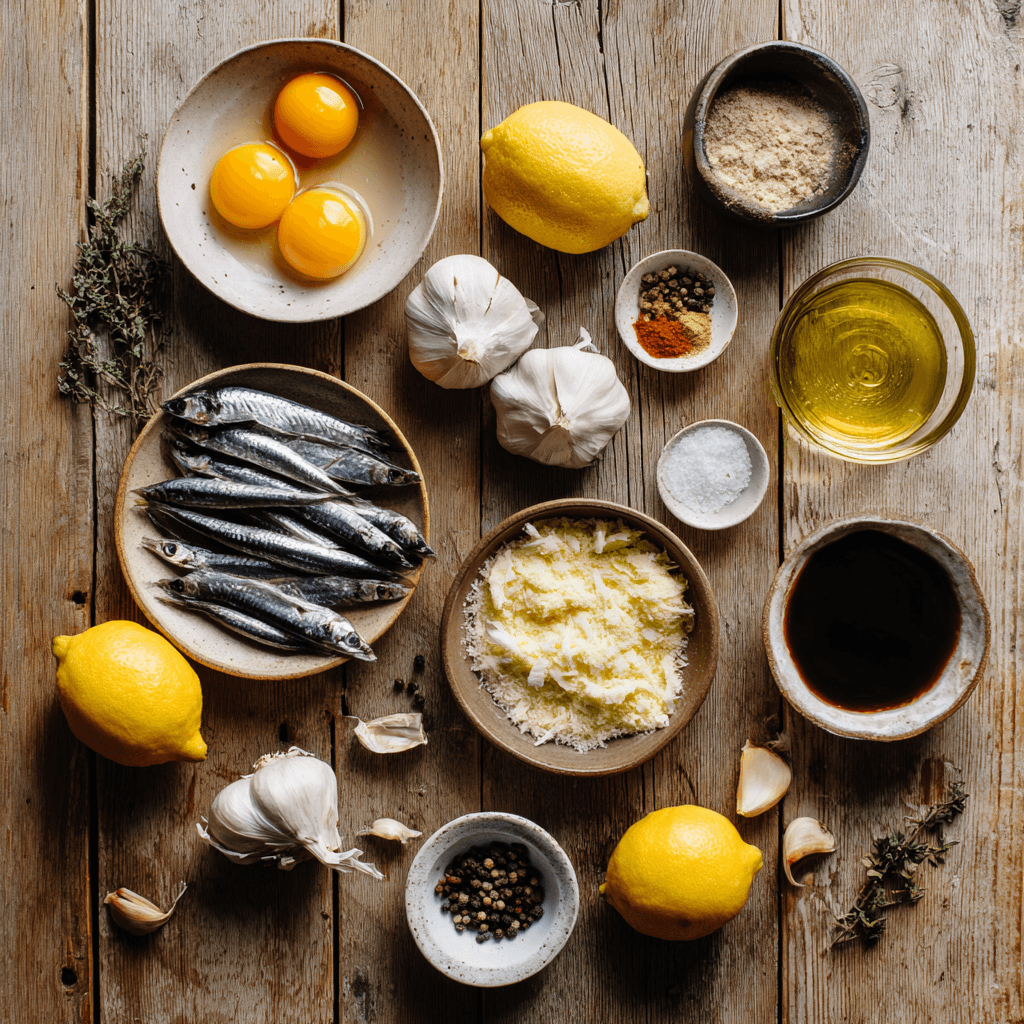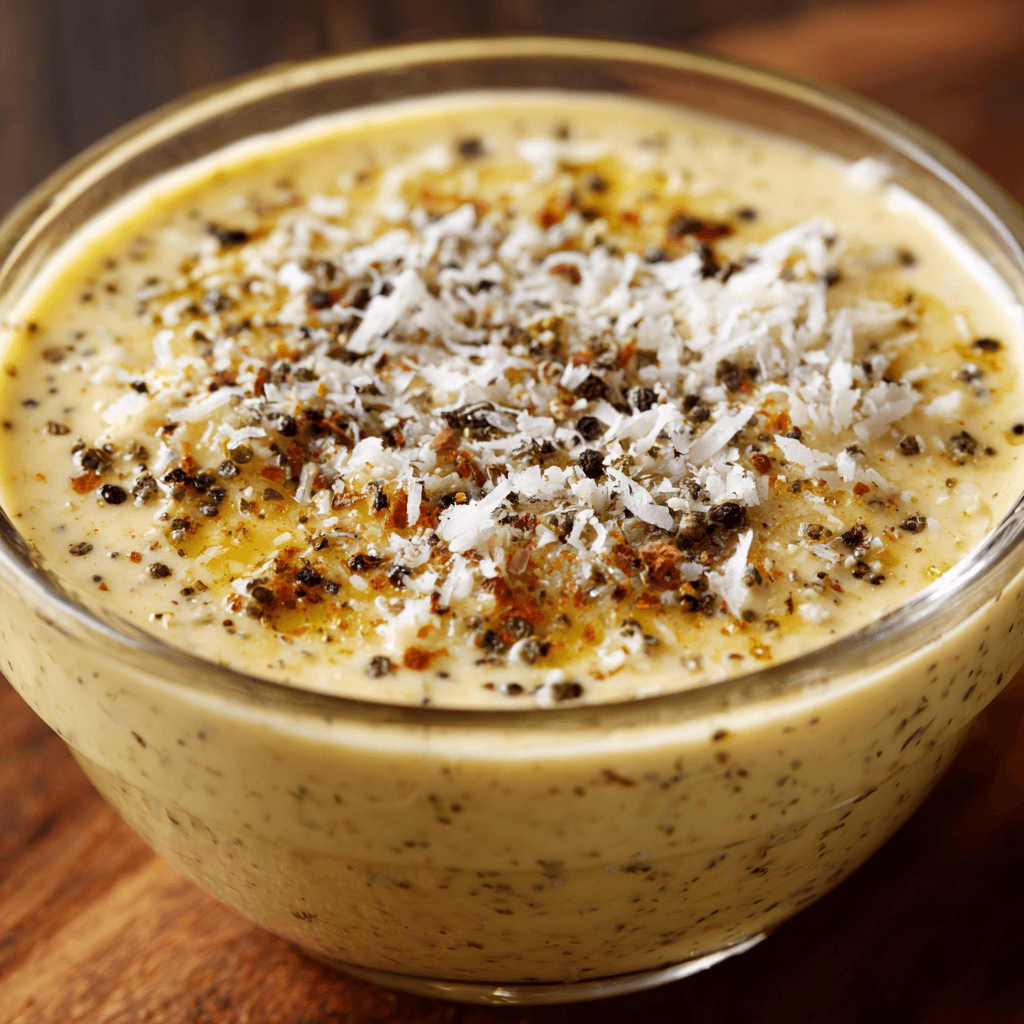Table of Contents
Gordon Ramsay Caesar Dressing isn’t just another condiment—it’s the cornerstone that transforms a simple salad into a culinary masterpiece. During my years in the firehouse kitchen, I watched countless home cooks struggle with broken, oily dressings that tasted nothing like the silky, umami-rich Caesar they craved. The difference isn’t magic; it’s technique. Gordon’s approach to Caesar dressing emphasizes proper emulsification, quality ingredients, and precise timing—principles that create the creamy, restaurant-quality dressing that coats every lettuce leaf perfectly. According to the FDA’s food safety guidelines, understanding proper handling techniques is crucial when working with raw ingredients like eggs and anchovies. If you’re looking to master more Gordon Ramsay classics, you’ll also love learning how to make Gordon Ramsay cheese biscuits to complete your meal.
Why This Gordon Ramsay Caesar Dressing Recipe Works (And Where Most Go Wrong)
The secret to exceptional Gordon Ramsay Caesar Dressing lies in understanding three fundamental principles that most home cooks overlook. First, temperature control matters—room temperature eggs emulsify better than cold ones straight from the fridge. Second, the order of ingredient addition creates stability; adding oil drop by drop initially prevents the dreaded split that ruins countless batches. Third, proper anchovy preparation releases maximum umami without fishy chunks.
Most Caesar dressing failures stem from rushing the emulsification process. I’ve seen firefighters pour oil in a steady stream from the start, creating an oily mess that never comes together. Another common mistake is using pre-grated parmesan instead of freshly grated, which lacks the sharp bite and smooth integration that defines restaurant-quality dressing. According to Serious Eats’ emulsification guide, understanding the science behind mayonnaise-style emulsions prevents these rookie errors and ensures consistent results every time.
Ingredients That Actually Matter for Gordon Ramsay Caesar Dressing

Quality ingredients separate mediocre Gordon Ramsay Caesar Dressing from the extraordinary version that keeps people coming back for more. Fresh egg yolks provide the lecithin necessary for proper emulsification—look for eggs with bright orange yolks from pasture-raised hens, which indicate higher nutrient content and better flavor. White anchovies packed in salt offer superior taste to oil-packed varieties, though they require rinsing and filleting.
Extra virgin olive oil should be fruity but not overpowering; a single-estate oil from Italy or Spain works beautifully. For the acid component, fresh lemon juice beats bottled every time—you’ll need about one large lemon for optimal brightness. Parmigiano-Reggiano aged 24 months delivers the sharp, nutty complexity that cheap alternatives can’t match. Dijon mustard acts as both flavor enhancer and emulsion stabilizer, so choose a quality French brand. Fresh garlic should be firm with no green sprouts, which create bitter flavors that overpower the delicate balance. If you’re building a complete Gordon Ramsay menu, consider pairing this dressing with perfectly flaky cheese biscuits for an unforgettable combination.
Step-by-Step Instructions for Gordon Ramsay Caesar Dressing
Preparing the Base
Remove 2 large egg yolks from the refrigerator 30 minutes before starting—room temperature eggs emulsify more easily and create smoother results. Meanwhile, rinse 4-6 white anchovy fillets under cold water to remove excess salt, then pat completely dry with paper towels. Using the flat side of your knife, mash the anchovies with 2 minced garlic cloves and 1/2 teaspoon coarse salt until it forms a smooth paste. This technique releases maximum flavor without leaving chunky pieces in the final dressing.
Building the Emulsion
In a medium mixing bowl, whisk the anchovy-garlic paste with egg yolks, 1 tablespoon Dijon mustard, and juice of 1 large lemon until well combined. Safety warning: When working with raw eggs, ensure all equipment is thoroughly sanitized and eggs are fresh—check the date and avoid cracked shells. Now comes the critical moment: while whisking constantly, begin adding 3/4 cup extra virgin olive oil literally drop by drop. This initial slow addition is non-negotiable for proper emulsion formation.
Achieving Perfect Consistency
After incorporating about 1/4 cup oil drop by drop, you can gradually increase to a thin, steady stream while whisking vigorously. The mixture should thicken to mayonnaise consistency and appear glossy, not broken or oily. If the emulsion breaks, stop adding oil immediately and whisk in 1 tablespoon warm water to re-establish the bond. Finish by whisking in 1/2 cup freshly grated Parmigiano-Reggiano, then season with freshly cracked black pepper and additional salt to taste. For more Gordon Ramsay technique guides, explore how proper temperature control applies to creating perfectly risen biscuits as well.
Pro-Tips That Change the Game
- Add 1 teaspoon Worcestershire sauce for deeper umami complexity that mimics high-end restaurant versions
- Grate lemon zest directly into the finished dressing for bright citrus notes that complement the juice
- Use a mortar and pestle instead of knife-mincing for the anchovy-garlic paste—it creates better texture integration
- Taste and adjust seasoning after 10 minutes of resting—flavors meld and intensify, often requiring less salt than initially thought
- Keep a tablespoon of warm water nearby during emulsification—it’s your safety net for rescuing broken dressings
- Double the recipe and store half—Gordon Ramsay Caesar Dressing improves in flavor after 24 hours in the refrigerator
Storage & Leftovers for Gordon Ramsay Caesar Dressing
Store Gordon Ramsay Caesar Dressing in an airtight glass container in the refrigerator for up to 5 days maximum. The emulsion may thicken when chilled—simply whisk in 1-2 teaspoons warm water to restore the proper consistency before serving. Never leave the dressing at room temperature for more than 2 hours, as the raw egg yolks create food safety risks.
For optimal food safety when storing egg-based dressings, maintain refrigerator temperatures below 40°F and always use clean utensils when portioning. According to FDA safe food handling guidelines, homemade dressings containing raw eggs should be consumed within one week and discarded if they develop off odors or change texture significantly.

Gordon Ramsay Caesar Dressing
Ingredients
Equipment
Method
- 1️⃣ Remove 2 large egg yolks from refrigerator 30 minutes before starting to bring to room temperature for better emulsification.
- 2️⃣ Rinse 4-6 white anchovy fillets under cold water to remove excess salt, then pat completely dry with paper towels.
- 3️⃣ Using the flat side of your knife, mash the anchovies with 2 minced garlic cloves and 1/2 teaspoon coarse salt until it forms a smooth paste.
- 4️⃣ In a medium mixing bowl, whisk the anchovy-garlic paste with egg yolks, 1 tablespoon Dijon mustard, and fresh lemon juice until well combined.
- 5️⃣ While whisking constantly, begin adding 3/4 cup extra virgin olive oil literally drop by drop. This initial slow addition is critical for proper emulsion formation.
- 6️⃣ After incorporating about 1/4 cup oil drop by drop, gradually increase to a thin, steady stream while whisking vigorously until mixture thickens to mayonnaise consistency.
- 7️⃣ Whisk in 1/2 cup freshly grated Parmigiano-Reggiano and optional Worcestershire sauce for deeper umami complexity.
- 8️⃣ Season with freshly cracked black pepper and additional salt to taste. Let rest 10 minutes before serving to allow flavors to meld.
Nutrition
Notes
Tried this recipe?
Let us know how it was!Frequently Asked Questions About Gordon Ramsay Caesar Dressing
How do you make Gordon Ramsay Caesar salad dressing?
Start by creating an anchovy-garlic paste using the flat side of your knife, then whisk this with room temperature egg yolks and lemon juice. The key to Gordon Ramsay Caesar Dressing success is adding olive oil drop by drop initially while whisking constantly, then gradually increasing to a steady stream once emulsification begins. This technique ensures the smooth, creamy consistency that defines restaurant-quality dressing.
What are common Caesar salad mistakes?
The biggest mistake is rushing the oil incorporation, which breaks the emulsion and creates an oily, separated mess. Using cold eggs straight from the refrigerator also prevents proper emulsification. Many home cooks skip the anchovy paste or use pre-grated parmesan, both of which compromise the authentic flavor profile that makes Gordon Ramsay Caesar Dressing superior to store-bought versions.
What’s the best tasting Caesar salad dressing?
The best-tasting Caesar dressing balances rich umami from quality anchovies and aged Parmigiano-Reggiano with bright acidity from fresh lemon juice. Gordon Ramsay Caesar Dressing achieves this balance through proper ingredient ratios and technique—the emulsified texture carries flavors more effectively than thin, oil-separated versions. Fresh garlic and quality olive oil elevate the taste beyond commercial alternatives.
How to make salad dressing Gordon Ramsay?
Gordon Ramsay’s approach to salad dressings emphasizes building flavors in layers and achieving proper texture through technique. For Caesar specifically, he focuses on creating a stable emulsion by controlling temperature and oil addition speed. His method produces Gordon Ramsay Caesar Dressing with restaurant-quality consistency and balanced flavor that coats lettuce leaves perfectly rather than pooling at the bottom of the bowl.
Mastering Gordon Ramsay Caesar Dressing transforms your home cooking game and proves that restaurant-quality results come from understanding technique, not expensive equipment. Take your time with the emulsification process, invest in quality ingredients, and you’ll never go back to store-bought versions again.
Stay safe,
Jack Sullivan


